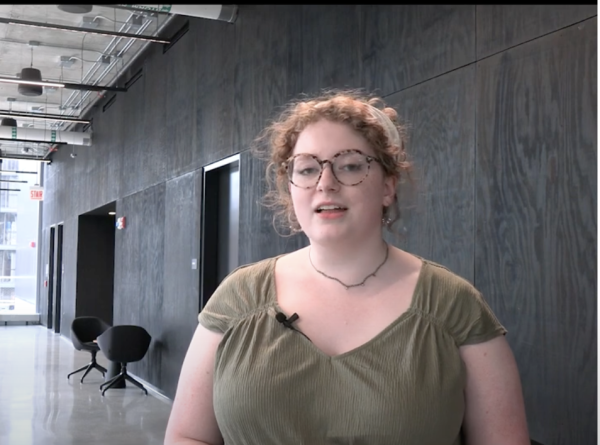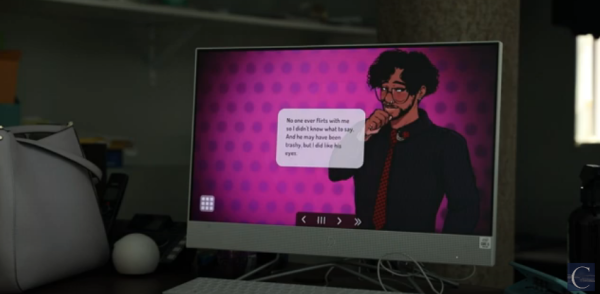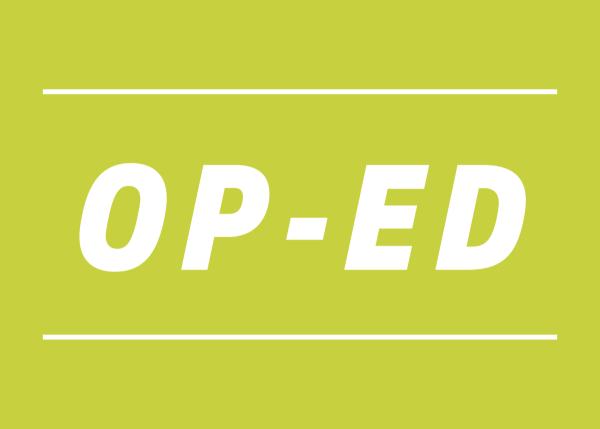I’m all about that portfolio
October 27, 2014
As detailed in the story on Page 3, Virb, an online portfolio hosting service that was bought out by Go Daddy, terminated the contract it had with the college that guaranteed students would be able to use Virb for two years without being charged because it was no longer fiscally viable to offer such a deal.
Instead, students are eligible for one free year under Virb’s student program and will receive a $2 discount from the monthly charge of $10 through The Portfolio Center. Those who already have sites will be entitled to have free websites until their two-year period expires.
The Portfolio Center has long pushed the use of Virb and the importance of having an online portfolio, especially for those in the creative industries.
I agree with the Portfolio Center about the importance of creating an online portfolio. Students do themselves a massive disservice if they power through four years of creating a body of work and then leave without an essential tool to pursue a career post-college.
But I must argue that there are better options out there for students to create online portfolios that offer far more valuable services and customization than Virb.
While Virb’s simplistic setup is easy to navigate, the websites end up looking cookie-cutter and the platform struggles to host plug-in applications meant to enhance a website. Its templates are visually appealing, but are repeated so often by other users that originality is hard to achieve.
A portfolio is essentially a fancier resume, except an online portfolio has the opportunity to better display talent and ability while still highlighting past achievements. Just like prospective employers become bored with monotonous resumes, it is imperative to ensure that portfolios stand out from fellow competitors.
While the termination of the deal between the college and Virb will cost students to keep their portfolios, students should look at this as an opportunity to branch out and explore other options. Rather than pay to keep a mediocre service, students can look at options that provide more opportunities for customization and that allow students to present their unique styles more adeptly.
Whether it is utilizing a mostly free platform like WordPress and Blogger or subscribing to more costly services like Wix and All You, it’s a wise investment that students should make.
It’s also an investment that Columbia itself can help make, especially at the academic level. Each department has faculty and staff that are knowledgeable about individual industry standards, so it would be beneficial for each department to develop a class or J-term course that coaches students on how to develop cutting-edge portfolios that will help students land jobs after graduation.
In the current economy, learning how to market oneself is almost as valuable of a skill as those inherent to the creative disciplines that students pursue at Columbia. Considering how competitive the professional creative job market is, offering courses in the curriculum that specifically advise students on how to achieve their goals seems more valuable than some of the redundancies in course requirements that exist now. This way, students would not only be paying for knowledge, but would also be paying for the ability to market themselves.
















